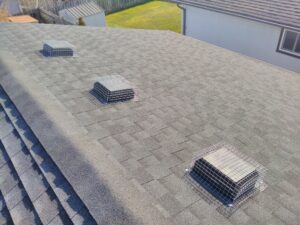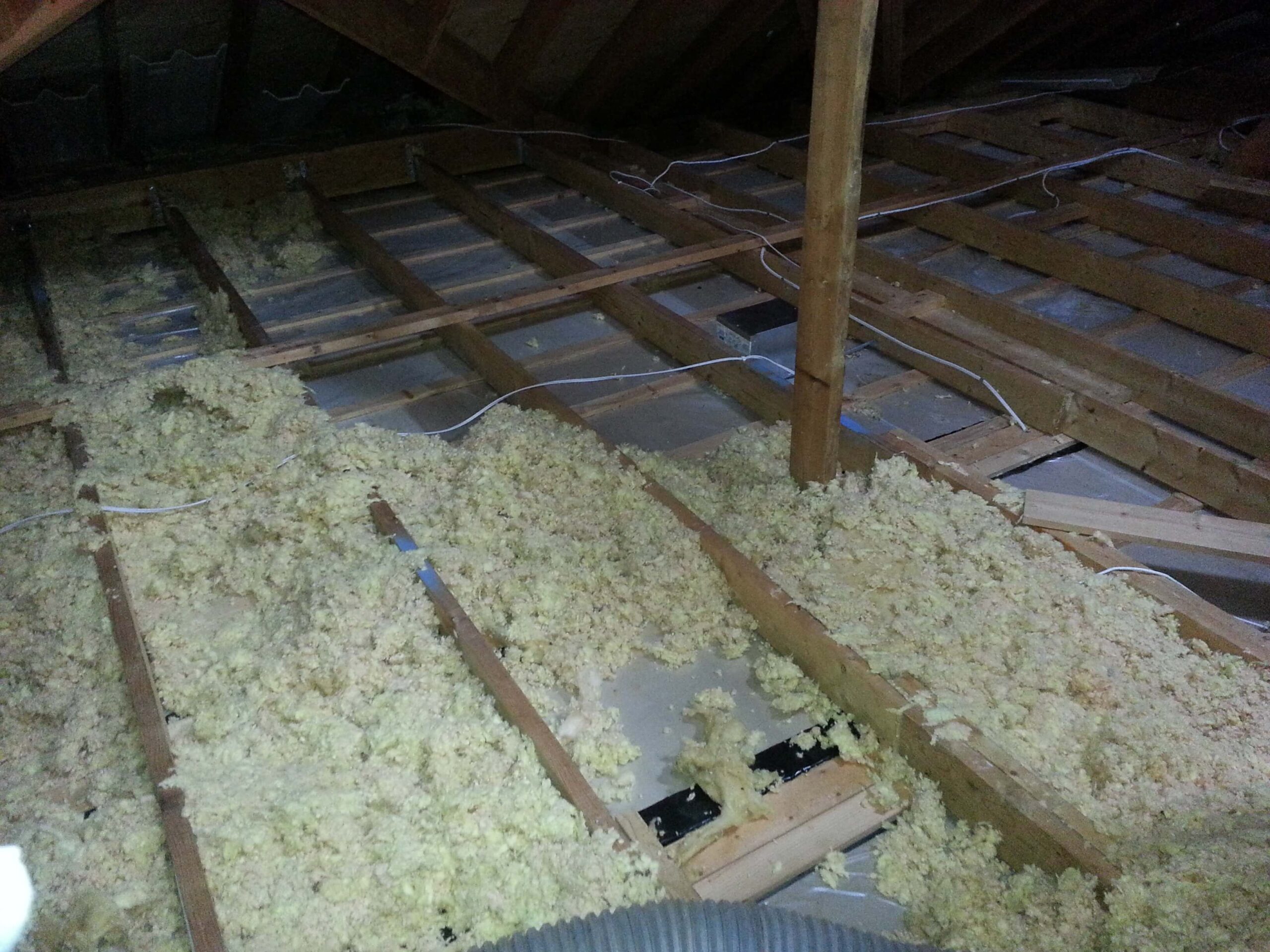The attic and roof are such an integral part of the overall structure of a house. It is the one component that ties everything together, ensuring the structure’s stability, warmth, and safety below. Unfortunately, roofs and attic spaces are also the most vulnerable parts of our homes to wildlife intrusions. When animals decide to nest in your attic for a period, it is not uncommon for them to compromise the integrity of the roofing system. As the homeowner, you need to decide if fixing the roof is worth the inevitable price tag, and if it is, you need to determine how you will prevent future intrusions.
Assessing the Damage
Before you can decide whether to fix the roof and attic or move on from the house, you need to have a professional inspection done. Sometimes, the damage is not as bad as it might seem. Many homeowners luck out with only needing cosmetic repairs and some replacements of roofing materials, like shingles or sheathing. When the damage is minimal and cosmetic, it is almost always worth fixing. Unfortunately, because of the nature of wildlife, sometimes the problems are extensive, from chewed and weakened beams to extensive water damage from multiple entry points. When the damage is extensive and structural, it is beneficial to do a cost analysis to determine the best path forward.
Ensuring All Wildlife Have Moved On
Many people do not realize that while it is common for animals to move on from a nesting site after some time, it is also common for that animal’s scent to attract other wildlife in the near future. For example, birds might nest in your roof soffit, and when they leave, mice might enter your attic in the same area because the scent has attracted them. It is vital that before performing extensive repairs in the attic and on the home, you ensure that there is no other wildlife residing in the house.
Determining Feasibility
Depending on the number and duration of the animals present in the home, it is possible that structural damage occurred, resulting in integrity issues. If the house had a severe infestation, it is likely in your best interest to call a structural engineer or building inspector to the property to determine the feasibility of repairs. In rare cases, the house is condemned and recommended for demolition. While it is not something people want to hear, sometimes a complete teardown and rebuild is the only way to ensure safety.
Preventing Future Houseguests
 Whether the house can be repaired or needs to be rebuilt entirely, it is crucial to prevent future wildlife problems. While the government has specific building codes and requirements that builders must adhere to, these codes do not account for the ingenuity and determination of wildlife. The only way to ensure that wild animals stay away from the interior of your home is with determined and purposeful planning and prevention techniques. Since most builders are not aware of the best ways to keep animals out of a home, it is best to turn to professional wildlife prevention services for advice.
Whether the house can be repaired or needs to be rebuilt entirely, it is crucial to prevent future wildlife problems. While the government has specific building codes and requirements that builders must adhere to, these codes do not account for the ingenuity and determination of wildlife. The only way to ensure that wild animals stay away from the interior of your home is with determined and purposeful planning and prevention techniques. Since most builders are not aware of the best ways to keep animals out of a home, it is best to turn to professional wildlife prevention services for advice.
If your home has been damaged because of a wildlife invasion, contact Skedaddle Humane Wildlife Control to schedule a property assessment. While Skedaddle technicians are experts at humane animal control and removal, they can also provide valuable insight for homeowners attempting to rebuild after sustaining damage from a nesting species. Every homeowner deserves to feel safe in their house, and all wildlife deserve compassion and respect. Remember, wild animals are not intentionally hurting you or your property; they are only trying to survive and provide for their litters. If you would like more information on our wildlife removal techniques or helpful tips about wildlife prevention, contact a Skedaddle Humane Wildlife Control representative.



